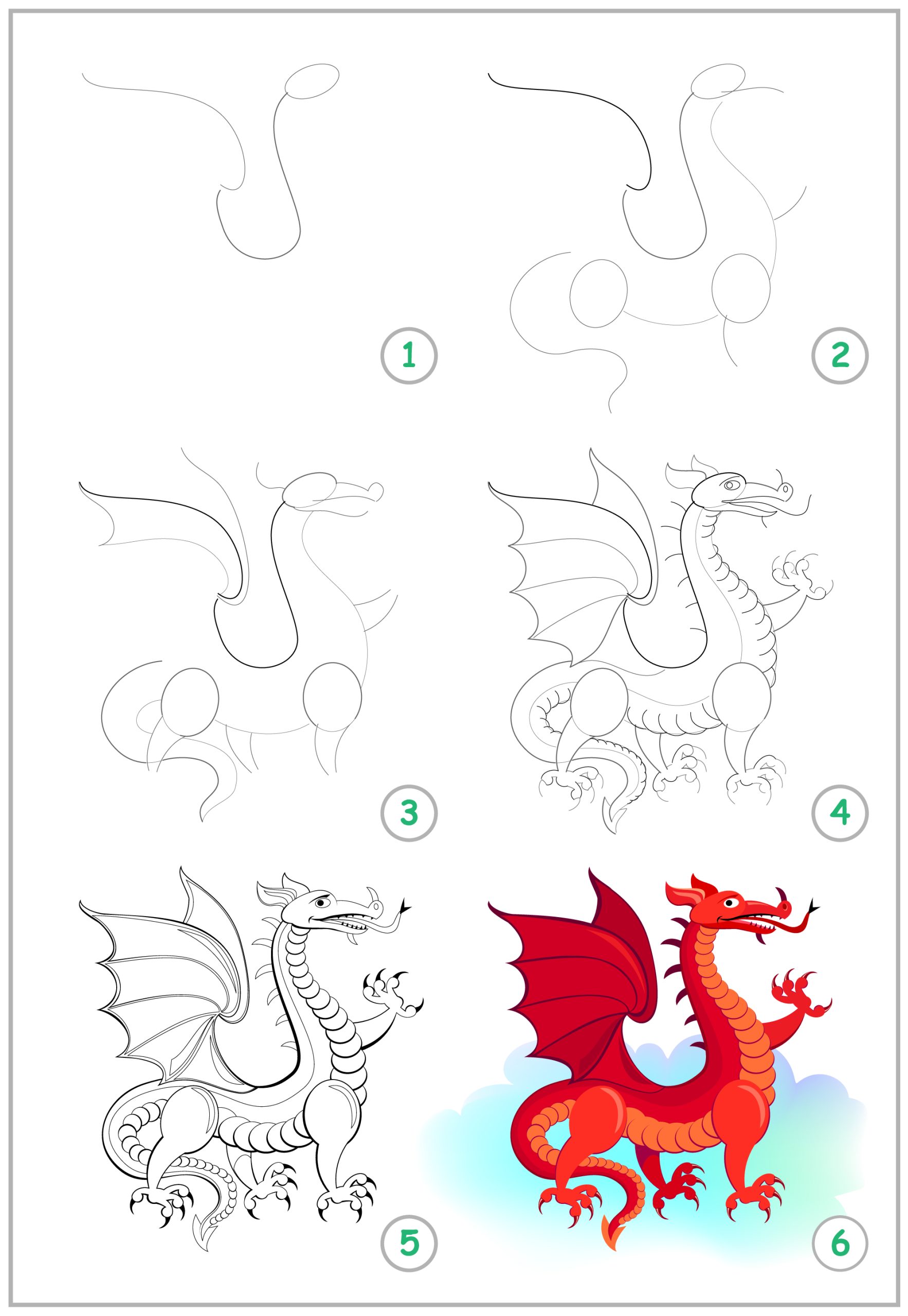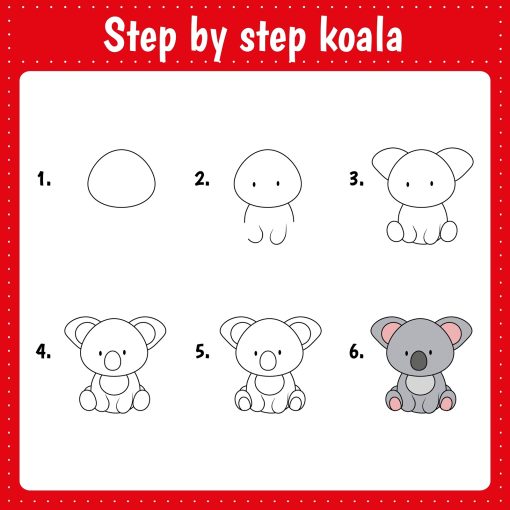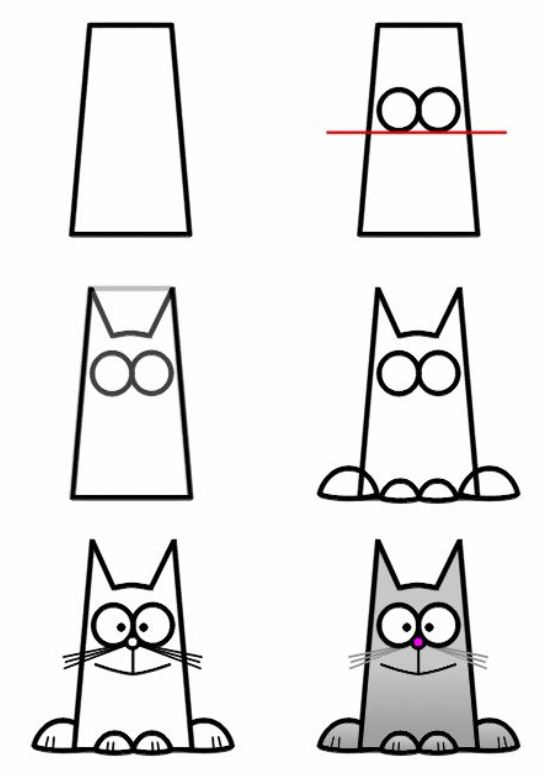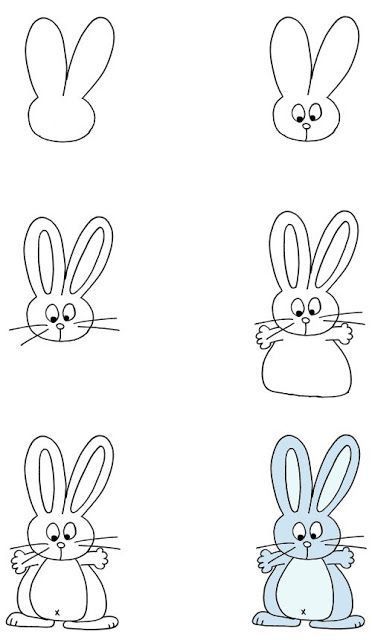Dragons have always captivated our imaginations with their fiery breath and majestic wings. Whether you’ve seen them in a favorite book or movie, or simply conjured them up in your mind, these mythical beasts are fascinating subjects for any budding artist. In this dragon drawing tutorial, we will guide you, step by step, through the process of bringing these magnificent creatures to life on paper. The process may seem daunting at first, but don’t worry! This guide on how to draw a dragon is designed to be simple and easy to follow, regardless of your drawing skills.
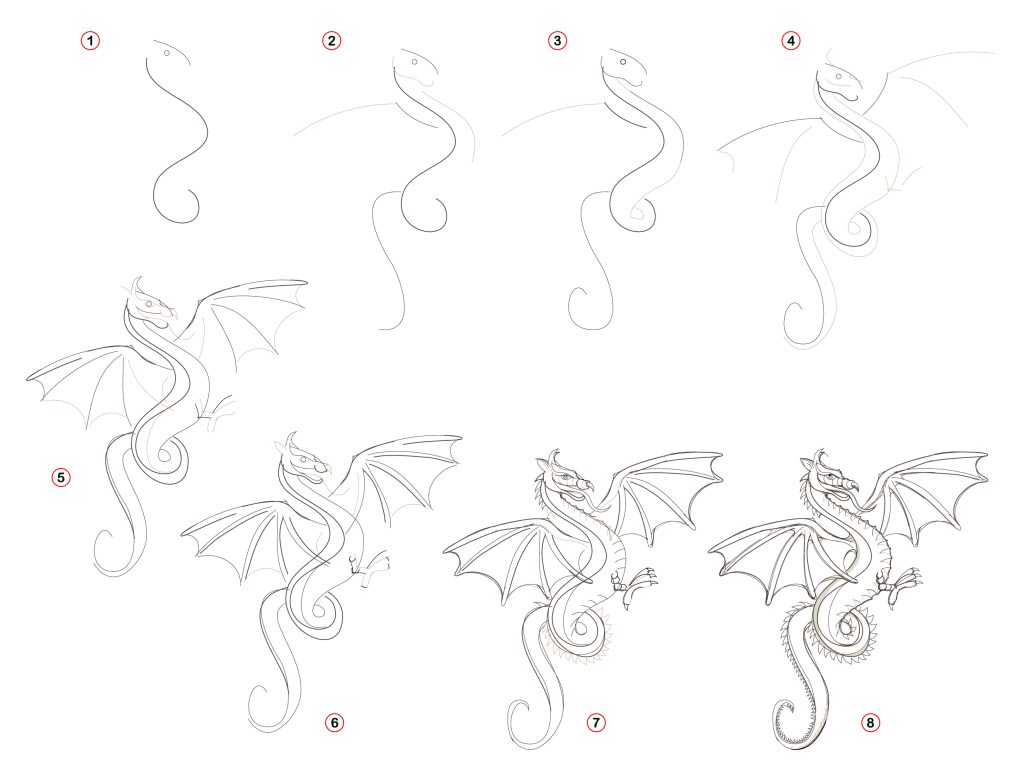
Getting Started: Materials Needed for Drawing a Dragon
Before starting to draw, it’s essential to have the right materials. You’ll need a pencil, eraser, paper, and any other drawing tools you prefer, such as markers or colored pencils.
Step 1: Sketching the Basic Shapes For Your Realistic Dragon
The first step in drawing a realistic dragon is to sketch the basic shapes. Begin with the head, typically shaped like a cone or triangle.
Step 2: Draw The Body of the Dragon
Draw the body by creating a large oval shape, with a smaller oval shape for the chest. The body and the belly should be rounded the way reptile stomachs appear. Picture a lizard’s body and the dragon’s body will be similar except they will be standing up.
Step 3: Draw the Legs, Wings, and Tail
Sketch the legs and wings by drawing long, thin shapes with curves at the joints. The tail should be long and tapered. You can round the tail out as well, it should not be a straight line for the tail and it should be shaped similarly to a question mark.
Step 4: Add Dragon Details Like Scales, Horns, Claws, and Spikes
Once you have the basic shapes, it’s time to add details. Start by adding scales to the dragon’s body, drawing small, overlapping shapes. Add horns, claws, and spikes to give the dragon a menacing look. Don’t forget to include the ears and nostrils.
Step 5: Adding Shading and Texture to Your Dragon
Adding shading and texture is a crucial step in making your dragon look realistic. Use your pencil to add shadows to the dragon’s body, paying close attention to where the light source is coming from. The scales can be shaded to give them depth and texture. You can also add highlights to the dragon’s eyes to make them appear more lifelike.
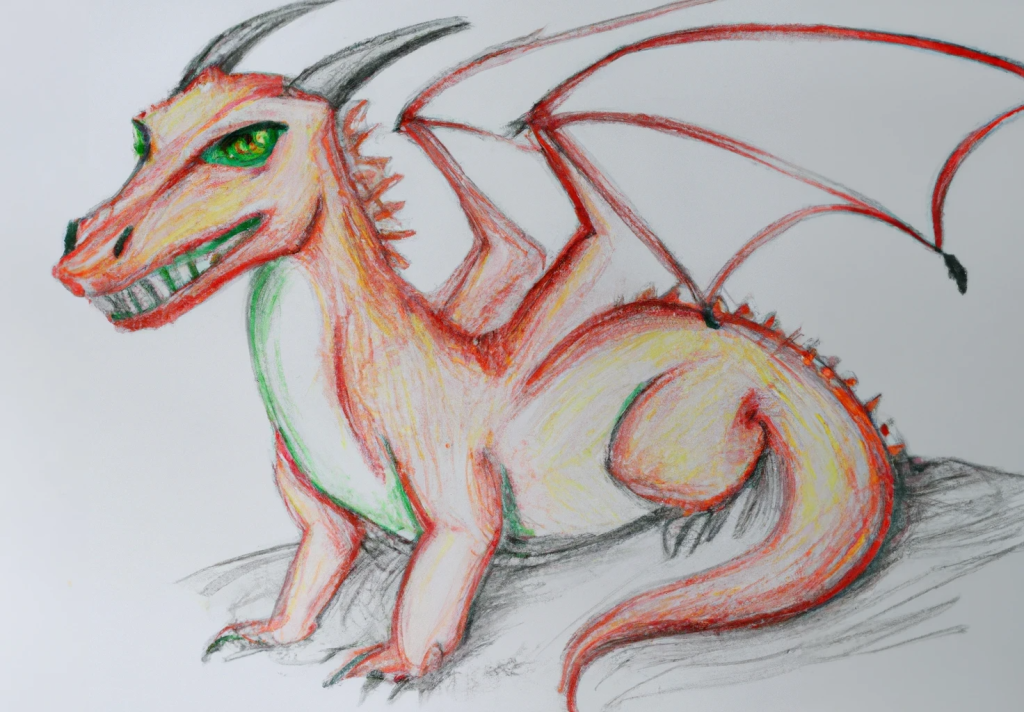
Step 6: Add Final Touches and Details to your Dragon
The final touches are where you can make your dragon stand out. Add any additional details that you may have missed, such as teeth or whiskers. You can also add fire or smoke coming out of the dragon’s mouth to make it appear like it’s breathing fire. Use your creativity and imagination to make your dragon unique and original.
#1 – Cartoon Dragon Drawing Tutorial Step-By-Step
You can view our cartoon dragon drawing tutorial here.

#2 – Simple Cartoon Dragon Drawing Tutorial

Best Tips For Drawing a Dragon
Dragons are often depicted with intricate features such as scales, horns, and claws, so taking the time to add these details will make your drawing more realistic. Additionally, using shading techniques to create depth and dimension will help your dragon look more three-dimensional and believable. Don’t be afraid to take inspiration from real-life animals, such as lizards and birds, to make your dragon look more lifelike.
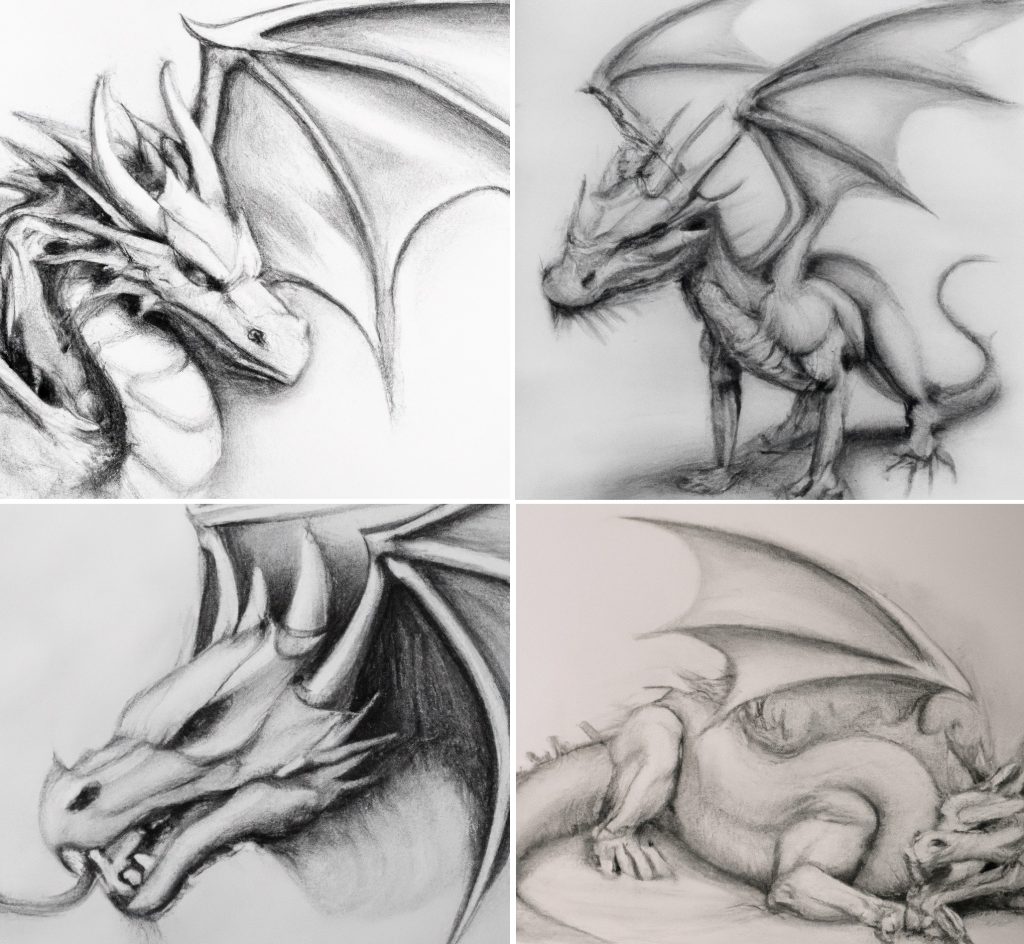
FAQs for Drawing a Dragon
What is a Dragon?
A dragon is a mythical creature that features in the folklore and mythology of cultures around the world. Often depicted as a large, serpentine creatures, dragons are usually shown with wings, sharp claws, and the ability to breathe fire, although their characteristics can vary greatly depending on the culture and mythology they come from.
What Color Are Dragons?
The color of dragons can vary widely and is only limited by one’s imagination. They can be depicted in any color, from classic green or red to blue, black, gold, or silver. The color often ties in with a dragon’s elemental type or symbolism in various mythologies.
What does a Dragon look like?
A dragon’s appearance can vary greatly, but they are commonly depicted as large, serpentine creatures with reptilian traits. Most have wings and are capable of flight, have sharp claws, and scales covering their bodies. Many are depicted as being able to breathe fire or other elements.
Who should draw a Dragon?
Anyone who has an interest in mythical creatures, fantasy, or art, in general, should draw a dragon. Drawing dragons can be a fun and creative activity for people of all ages and skill levels. It can also be an excellent way to explore different artistic techniques and styles.
How can I teach kids to draw a Dragon easily?
Teaching kids to draw a dragon can start with simple shapes and lines, forming the basic outline of the dragon’s body. From there, they can add more details like scales, wings, and the dragon’s face. Use a step-by-step approach, breaking down the dragon into manageable parts and demonstrating each step before they try it themselves.
What are the different parts of a Dragon I need to draw?
Some key parts of a dragon you may want to draw include the head, which usually features horns and a snout, the body which can be serpentine or more dinosaur-like, the wings which can resemble those of bats or birds, the legs which can be two or four, and a tail which can be long and whip-like or have a unique feature like a club or a tuft of fur or flame.
What are the different types of Dragons I can draw?
There are numerous types of dragons you can draw, influenced by different cultures’ mythology and folklore. Examples include Western dragons, usually depicted as large and fearsome with wings and breathing fire, and Eastern dragons, seen as serpentine, wingless creatures with an association with water. You can also draw dragons from modern fantasy literature and film, such as fire-breathing dragons, ice dragons, or even dragon hybrids.
Conclusion
Drawing a realistic dragon may seem like a daunting task, but with the right tools and techniques, anyone can do it. By following the steps outlined in this blog post, you can create a real dragon that is sure to impress. Remember to practice and experiment with different styles and techniques to find what works best for you. With time and patience, you can become an expert at drawing these majestic creatures.

